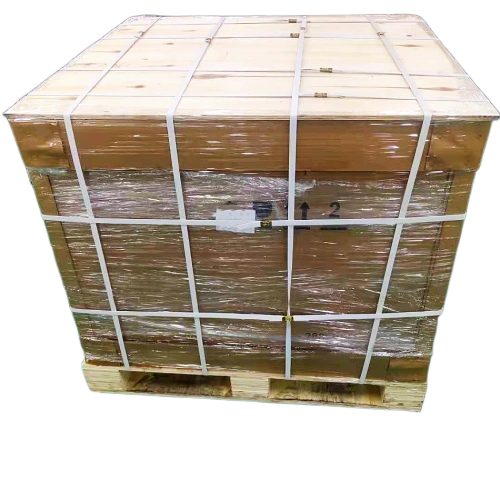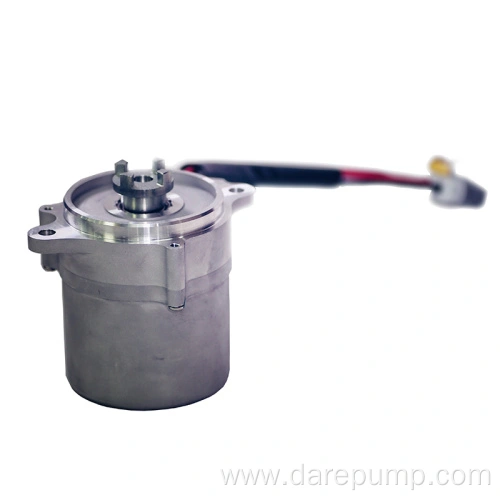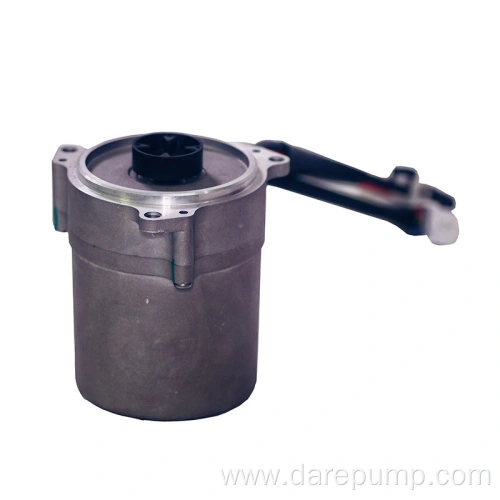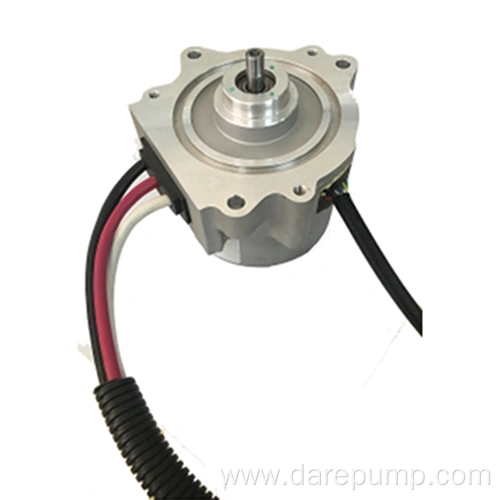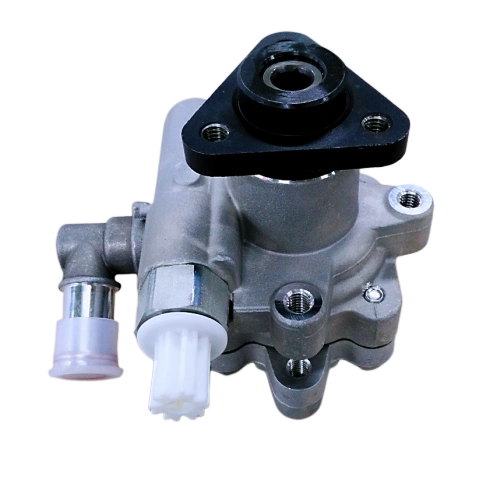Product Details

OEM quality power steering pump
Subcategory
Keywords
- Description
-
Product Attributes
Product Model: FZB30G1A
Product Brand: FZB
Product Origin: ChinaPackaging and Delivery
Sales Unit: Piece
Packaging Type: Paper Box, PalletProduct Description
What is a hydraulic power steering pump?
A hydraulic power steering pump is a component of the hydraulic power steering system that provides pressurized fluid to assist in steering. The pump is typically driven by the engine and operates using a belt or pulley system. When the driver turns the steering wheel, the power steering pump delivers fluid to the steering gear, which helps reduce the effort required to turn the steering wheel. The pump is usually located at the front of the engine, near the steering rack or gearbox. It is important to maintain the power steering pump and fluid level to ensure proper steering function and prevent system damage.
Key ParametersProduct Name Hydraulic Power Steering Pump Product Function Provide hydraulic oil to the steering gear Pump Model Vane Pump Product Number FZB30G1A REF. PN 52112192 OEM PN 52195339, 52209906 Product Application Fiat Displacement 6.88 ml/r Maximum Pressure 8.78 Mpa Speed Range 550-7000 r/min Flow Rate 6.75-8.25 L/min Inlet φ15.9 mm Outlet M16×1.5 Rotation Direction Right Car Drift
1. Fault Symptoms. Vehicle drift refers to the phenomenon where the vehicle drifts from one side to the other while driving straight with the steering wheel centered. A drifting car is prone to veering off course while moving in a straight line.
2. Fault Causes. The steering control valve torsion spring is damaged or too soft, making it difficult to overcome the reverse drive resistance of the steering device, preventing the control valve from returning in time; dirty oil hinders the movement of the valve core and valve sleeve; the valve core of the steering control valve is misaligned from the center position, or although it is in the center position, the gap size on both sides of the valve sleeve groove shoulder is inconsistent; excessive play in the mechanical steering system drive, or loose or excessively worn connecting components; incorrect wheel alignment; incorrect tire pressure or size.
3. Fault Diagnosis: When the vehicle drifts, the following methods can be used for diagnosis:
(a) Check if the connection points of the mechanical steering system drive components are loose, whether the gaps between components are too large, and whether the drive is loose. Eliminate mechanical steering system faults.
(b) Check tire size and adjust tire pressure.
(c) Check for dirty fluid. For new or overhauled vehicles, failure to properly follow the oil change regulations during the break-in maintenance often leads to dirty engine oil. Replace dirty oil.
(d) Check the steering control valve. Without starting the engine, turn the steering wheel and judge whether the steering control valve is open or moves freely based on the feel. If a problem is found, it should generally be disassembled for inspection.
(e) After the above checks, if the vehicle still drifts, check whether the suspension components are damaged, whether the wheel alignment is correct, and whether the wheel rotation is obstructed to determine the fault.
Related Products
Product Consulting
* Note: Please be sure to fill in the information accurately and keep the communication unblocked. We will contact you as soon as possible

